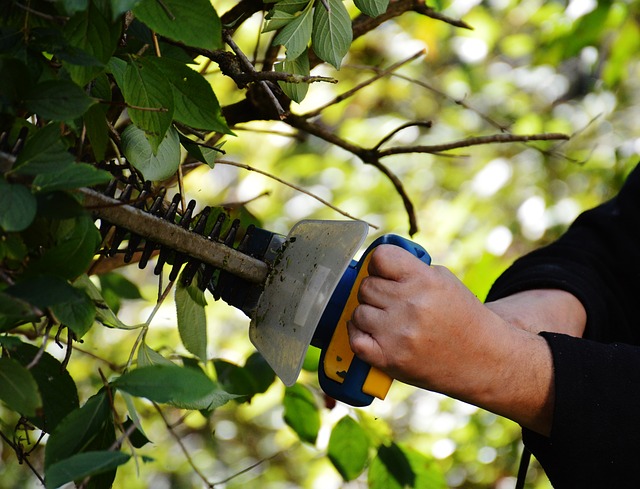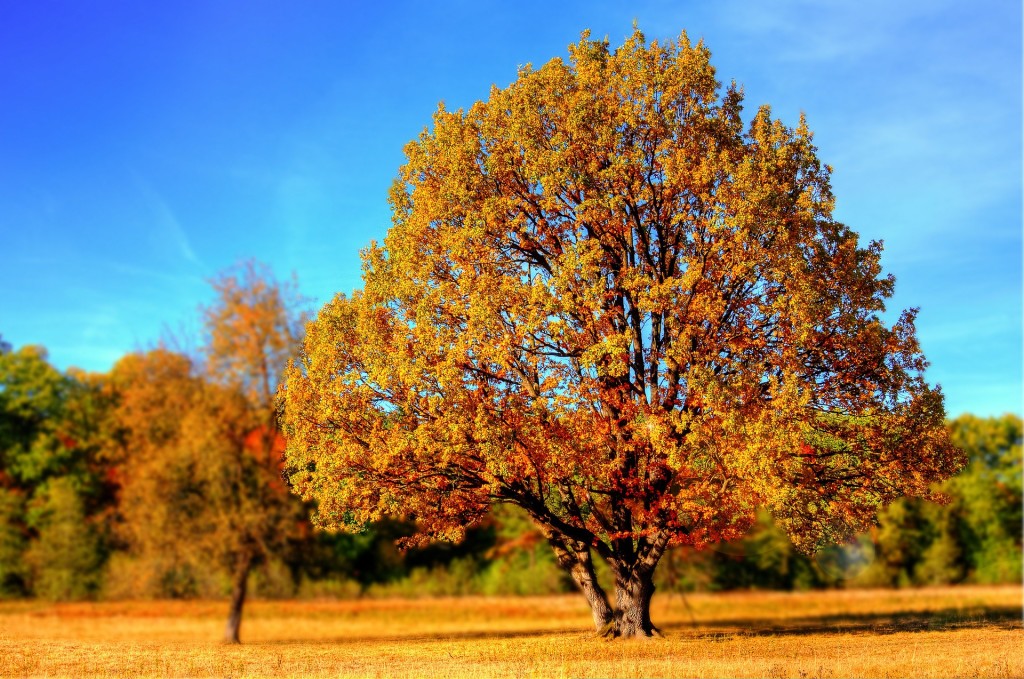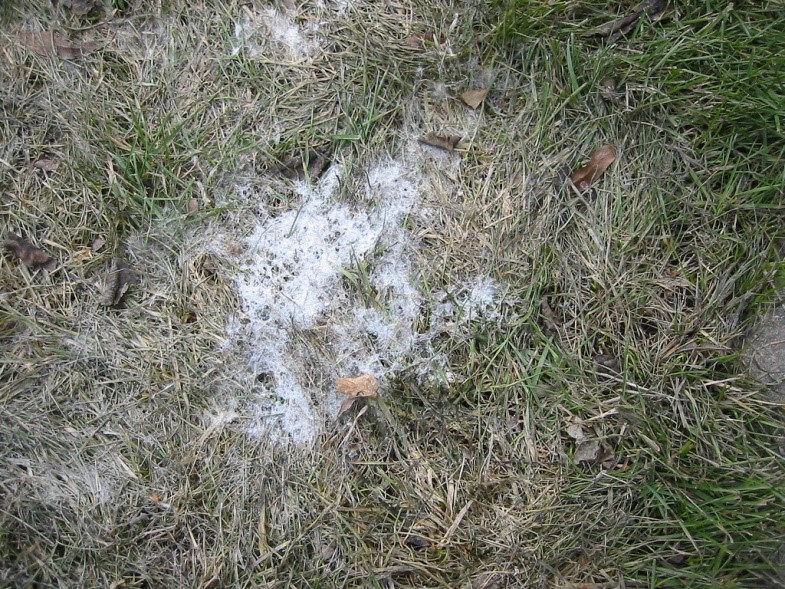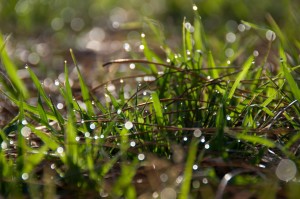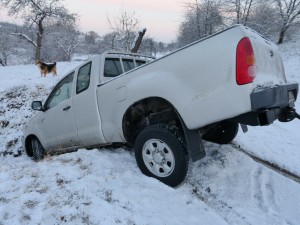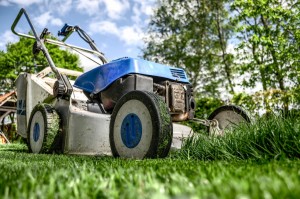Taking care of Winter Damage to Grass, Trees and Shurbs
Getting your yard for spring
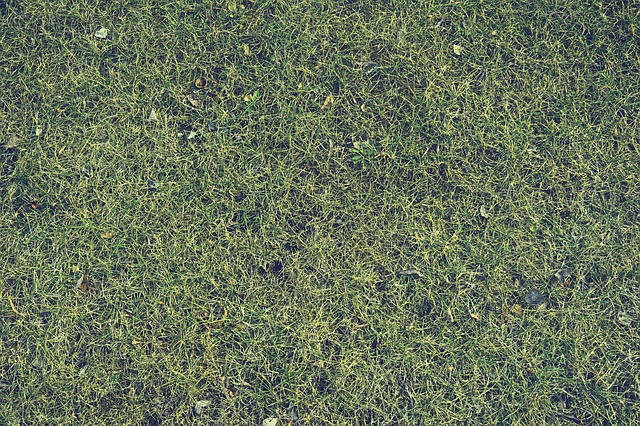
Although grass, trees, and shrubs aren’t actively growing during winter, the can still be damaged. Taking proper care during the winter months to protect your lawn and foliage can help it green sooner and remain healthier come spring and summer. VIRIDIS Lawn Care of Salt Lake City offers some common winter trials and ways to help alleviate the damage.
One of the most damaging conditions, especially for trees and shrubs, is overly dry winter weather. Some plants never recover if the winter is too cold and dry. Protects your plants by watering well in late fall, before the ground freezes, so your plants can absorb and store water. Also, using mulch around plants can help lock moisture in and protect against excessive cold.
Typically, plants should be able to recover from low temperatures as long as the root system is protected. Exposed roots or far below average temperatures can cause irreparable damage to your plants. Early freezes can also cause harm to your plants which may still be growing but they will unlikely sustain permanent damage. Mulch and windbreaks can mitigate some of these harsh conditions but the best way to avoid this issue is to start with plants suited to your growing conditions and environment.
Often, you won’t notice the damage or the extent of the damage your landscape received until spring. Pruning dead branches from trees can help them produce live, healthy growth again. Always continue to water and tend to plants until certain they cannot be saved. Often they will surprise you by bouncing back. Reseeding or over seeding lawns can help reestablish new growth and thicken up any thinning that may have been caused by harsh winter conditions.
Turning to a professional lawn care service is often your best bet for insuring your lawn goes into winter prepared and comes out if it healthy and ready for new growth. Call VIRIDIS Lawn Care today for your free estimate so we can help you have the healthy, beautiful landscaping you desire, no matter what the weather conditions.

